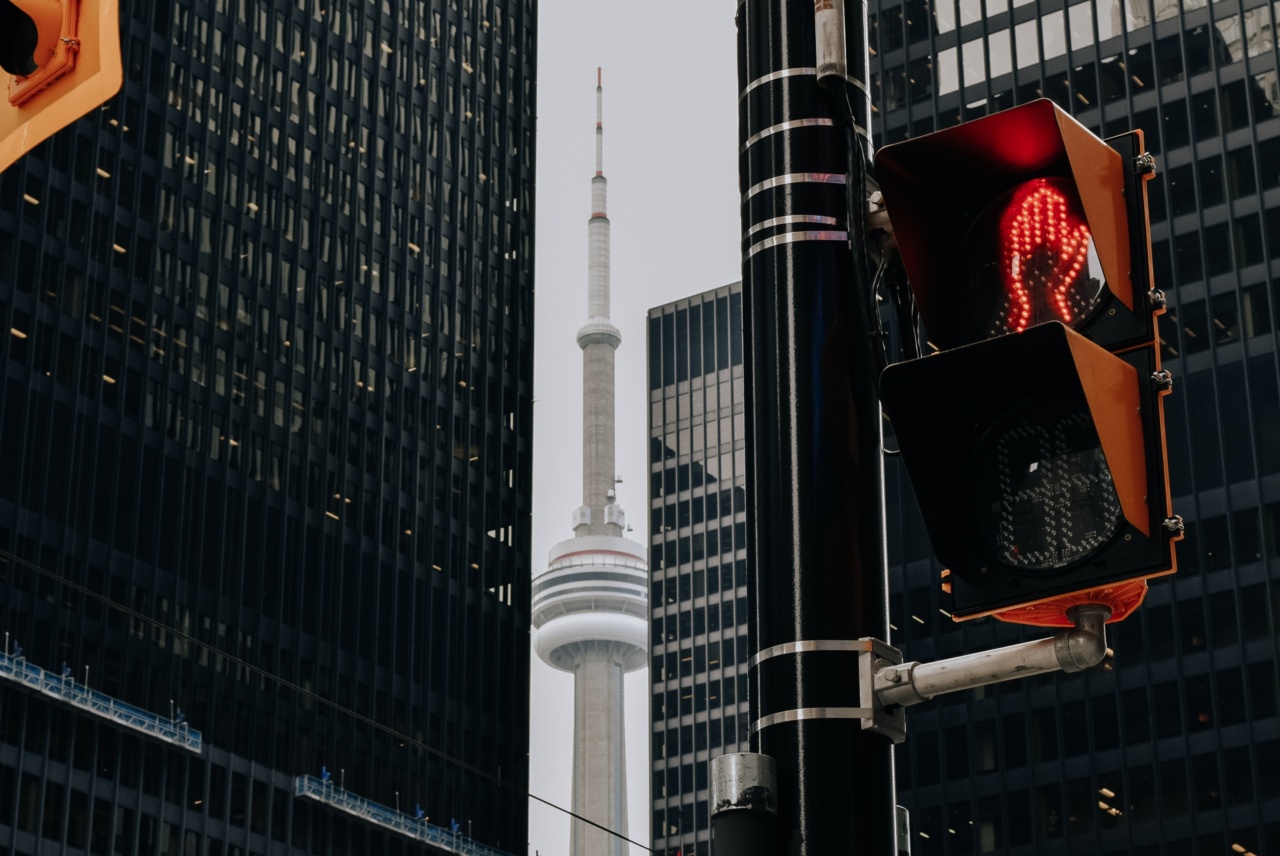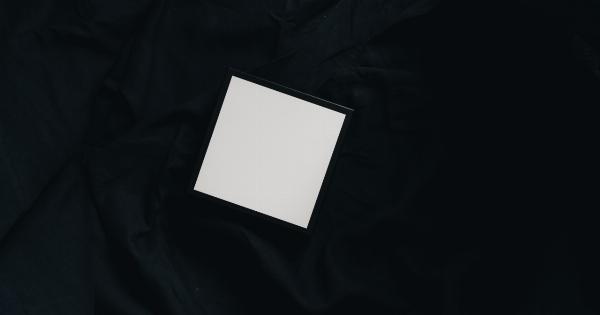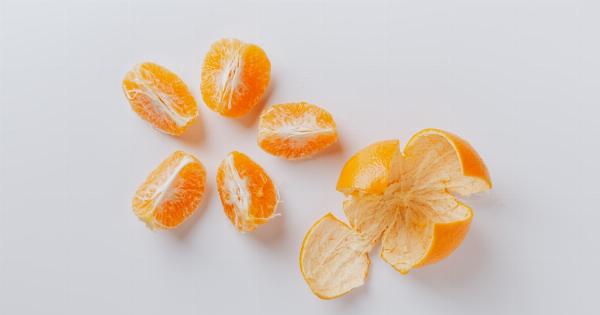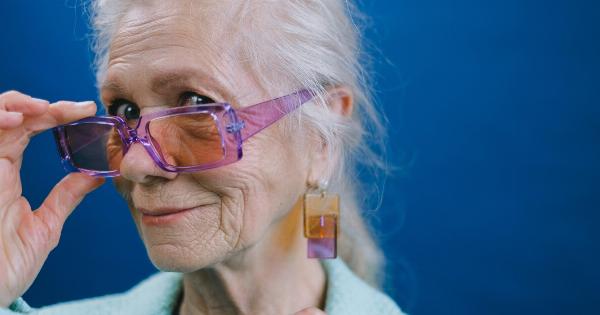Pimples and black spots are two of the most common skin conditions that people experience at some point in their lives. They can be caused by various factors such as hormonal changes, poor diet, stress, and lack of proper hygiene.
Pimples
Pimples are a type of acne that usually occurs on the face, neck, back, and chest.
They are caused by the overproduction of oil and the buildup of dead skin cells on the surface of the skin, which clogs the pores and creates an ideal environment for bacteria to grow. As a result, the affected area becomes inflamed, producing red, swollen bumps that can be painful to the touch.
Pimples can range in size and severity. Some may be small and barely noticeable, while others can be large and severely inflamed.
They can also be classified into different types, such as whiteheads, blackheads, papules, pustules, nodules, and cysts, depending on their appearance and severity.
Black Spots
Black spots, also known as hyperpigmentation, are dark patches that appear on the skin. They are caused by the overproduction of melanin, the pigment that gives our skin its color, in certain areas of the skin.
This can be a result of sun exposure, hormonal changes, or inflammation, and can happen to anyone regardless of age or skin type.
Black spots can vary in size and shape, and can appear anywhere on the body. They can be brown, black, or gray in color, and can be flat or slightly raised. They may also be accompanied by other symptoms such as itching, redness, or tenderness.
Differences between Pimples and Black Spots
Although pimples and black spots may seem similar, they are actually two different conditions with distinct causes and characteristics.
The main difference between pimples and black spots is their appearance. Pimples are generally red, swollen, and raised, while black spots are flat and dark in color.
Pimples also tend to be more painful and tender to the touch, while black spots are usually painless.
Another difference is their causes. Pimples are caused by the overproduction of oil and the buildup of dead skin cells, while black spots are caused by the overproduction of melanin.
Pimples are also more likely to be accompanied by other symptoms such as itching, burning, or tenderness, while black spots are usually just a cosmetic concern.
Prevention and Treatment
Preventing and treating pimples and black spots is important for maintaining healthy and clear skin. Here are some tips:.
Preventing Pimples
To prevent pimples, you can:.
- Wash your face twice a day with a gentle cleanser
- Keep your hands away from your face
- Avoid using harsh skincare products
- Eat a healthy diet
- Stay hydrated
- Reduce stress
Treating Pimples
If you already have pimples, you can try the following treatments:.
- Use over-the-counter acne treatments such as benzoyl peroxide or salicylic acid
- Avoid picking or squeezing the pimples, as this can worsen the inflammation and cause scarring
- Apply a warm compress to the affected area to reduce inflammation
Preventing Black Spots
To prevent black spots, you can:.
- Avoid excessive sun exposure
- Use sunscreen with an SPF of at least 30
- Avoid using tanning beds or sun lamps
- Maintain a healthy diet
- Exercise regularly
Treating Black Spots
If you already have black spots, you can try the following treatments:.
- Use over-the-counter skin lightening creams that contain ingredients such as hydroquinone, kojic acid, or arbutin
- Try natural remedies such as lemon juice, potato slices, or aloe vera gel
- Consult a dermatologist for more advanced treatments such as chemical peels, laser therapy, or microdermabrasion
Conclusion
Pimples and black spots are two of the most common skin conditions that people experience. While they may seem similar, they are actually two different conditions with distinct causes and characteristics.
Preventing and treating both conditions requires proper hygiene, a healthy diet, and avoiding triggers such as sun exposure and stress. If you are experiencing severe or persistent symptoms, it is important to consult a dermatologist for proper diagnosis and treatment.































